As someone who’s been knee-deep in product design and manufacturing for years, from prototyping consumer goods to sourcing materials for small businesses, I’ve worked with a lot of raw materials. One that keeps popping up in conversations with clients and suppliers is TPE, or thermoplastic elastomer. It’s a versatile material that’s everywhere—think yoga mats, phone cases, and medical tubing. But when people ask, “What is TPE, and is it expensive?”, I get why there’s curiosity. It’s not as straightforward as steel or cotton, and costs can vary wildly. Drawing from my experience sourcing TPE for projects and staying updated on material trends in 2025, I’ll break down what TPE is, its properties, applications, pricing, and whether it’s worth the investment for your needs.
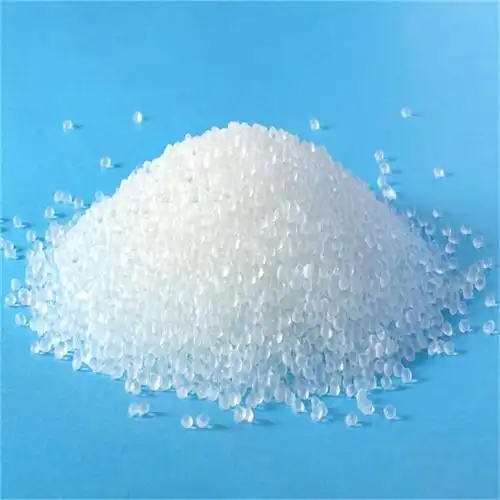
Why TPE Is Worth Understanding
When I first encountered TPE, I was working on a project to design a grippy, flexible handle for a kitchen tool. The client wanted something durable, soft to the touch, and easy to mold into shapes—without breaking the bank. TPE checked all the boxes, but I had to dig into its properties and costs to make sure it was the right fit. Whether you’re a designer, manufacturer, or just curious about the stuff in your everyday products, knowing what TPE is and how its price stacks up can save you time, money, and headaches. Let’s start with the basics and work our way to the cost question.
What Is TPE?
TPE, or thermoplastic elastomer, is a class of materials that combines the flexibility of rubber with the processability of plastics. Unlike traditional rubber, which is thermoset (permanently set after curing), TPE is thermoplastic, meaning it can be melted, molded, and remolded multiple times. This makes it a favorite in manufacturing because it’s easy to work with and recyclable.
I like to think of TPE as the Goldilocks of materials—not too rigid like hard plastics, not too soft like silicone, but just right for applications needing elasticity and toughness. Chemically, TPEs are typically copolymers or polymer blends, with common types including:
Styrenic Block Copolymers (SBCs): Like SBS (styrene-butadiene-styrene) or SEBS (styrene-ethylene-butylene-styrene), used in soft grips or shoe soles.
Thermoplastic Polyolefins (TPOs): Often used in automotive parts for their weather resistance.
Thermoplastic Polyurethanes (TPUs): Tough and abrasion-resistant, found in phone cases and medical devices.
Copolyester Elastomers (COPEs): High-performance for industrial applications.
Thermoplastic Vulcanizates (TPVs): Rubber-like with excellent durability, used in seals and gaskets.
Each type has unique properties, but all TPEs share key traits: flexibility, elasticity, recyclability, and ease of processing. I’ve used SEBS-based TPE for a non-slip mat because it’s soft, durable, and UV-resistant, while TPU was my go-to for a rugged phone case.
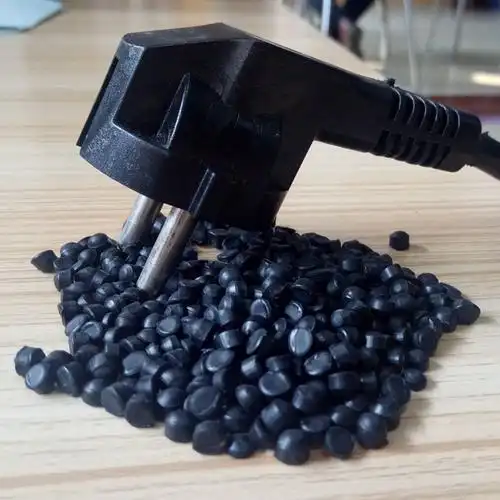
Key Properties of TPE
To understand why TPE is so popular, let’s look at its properties, which I’ve found make it stand out in projects:
Elasticity: Stretches and returns to shape, mimicking rubber. Great for seals or grips.
Softness: Adjustable hardness (measured in Shore A or D scales), from gel-like to semi-rigid. I’ve sourced Shore A 30 TPE for soft grips and Shore D 50 for tougher parts.
Durability: Resists wear, chemicals, and UV light (especially SEBS or TPUs), ideal for outdoor or medical use.
Processability: Easily molded via injection molding, extrusion, or 3D printing, saving production time.
Recyclability: Can be reprocessed, unlike thermoset rubber, which cuts waste.
Biocompatibility: Some grades (e.g., medical-grade TPU) are safe for skin contact or implants.
One downside? TPE can be less heat-resistant than thermoset rubber, softening at high temperatures (above 80–120°C for most grades). I learned this when a client’s TPE part deformed near a hot engine—lesson learned: check the operating environment.
Applications of TPE
TPE’s versatility means it’s in tons of products. Here’s where I’ve seen it shine:
Consumer Goods: Phone cases, toothbrush grips, yoga mats, and kitchen utensils. I sourced TPU for a client’s phone case line because it’s tough yet flexible.
Automotive: Weather seals, dashboard components, and bumper inserts. TPO is common for its weather resistance.
Medical: Tubing, syringe tips, and wearable devices. Medical-grade TPE is biocompatible and sterilizable.
Industrial: Gaskets, hoses, and conveyor belts. TPV excels in harsh environments.
Footwear: Soles and insoles. SEBS is popular for its cushioning.
Sports Equipment: Grips, padding, and protective gear.
I once helped a startup design a TPE-based ergonomic mouse pad, blending softness for comfort and durability for daily use. The material’s adaptability made it a no-brainer.
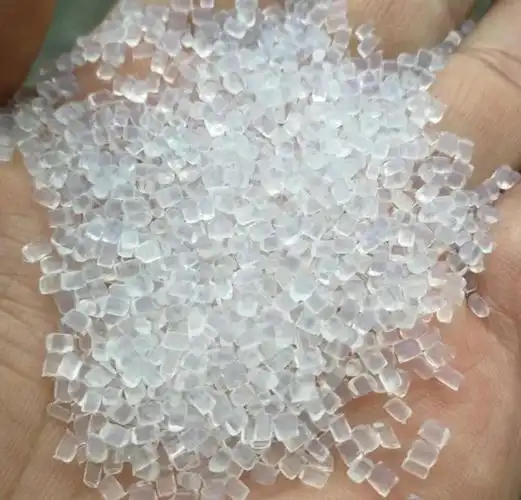
Is TPE Expensive?
Now, let’s tackle the big question: Is TPE expensive? The answer depends on the type, grade, quantity, and market conditions. Based on my sourcing experience in 2025, here’s a breakdown:
Price Range
Standard TPE (e.g., SBS, SEBS): $2–$5 per kg for general-purpose grades. These are affordable for consumer goods like grips or mats.
High-Performance TPE (e.g., TPU, TPV): $5–$10 per kg, due to better durability or biocompatibility. I’ve paid $8/kg for TPU for medical tubing.
Specialty TPE (e.g., medical-grade or flame-retardant): $10–$20+ per kg. These are niche, like TPE for implants.
Recycled TPE: $1.5–$4 per kg, cheaper but with slightly lower performance. I’ve used recycled SEBS for cost-sensitive projects.
Comparison to Other Materials
PVC: $1–$3 per kg, cheaper but less flexible and not always eco-friendly.
Silicone: $8–$15 per kg, pricier and harder to process but more heat-resistant.
Natural Rubber: $2–$6 per kg, similar cost but not recyclable like TPE.
Polypropylene: $1–$2.5 per kg, cheaper but rigid, not elastic.
TPE sits in a mid-range price bracket, more expensive than basic plastics but often cheaper than silicone or specialty rubbers. I find it cost-effective for its balance of performance and processability.
Factors Affecting TPE Cost
Grade: Higher-performance or specialty grades (e.g., medical or UV-resistant) cost more.
Additives: Colorants, flame retardants, or anti-slip agents increase prices. I once paid a premium for UV-stabilized TPE for outdoor furniture.
Order Volume: Bulk orders (e.g., 1,000 kg) get discounts, while small batches (e.g., 50 kg) are pricier per unit.
Supply Chain: Global oil prices (TPE is petroleum-based) and shipping costs impact pricing. In 2025, prices have stabilized but fluctuate with crude oil trends.
Region: Costs vary by market. I’ve found TPE slightly cheaper in Asia ($2–$4/kg for SEBS) than in Europe or the US ($3–$6/kg).
Hidden Costs
Processing: TPE’s ease of molding reduces labor and tooling costs compared to rubber.
Durability: Longer-lasting TPE grades (e.g., TPU) save on replacements.
Recyclability: Reusing scraps lowers overall costs. I recycle TPE scraps in my workshop to cut waste.
In my experience, TPE isn’t “expensive” for most applications, especially when you factor in its long-term value. A $4/kg SEBS for a yoga mat is a steal compared to $12/kg silicone, given similar performance.
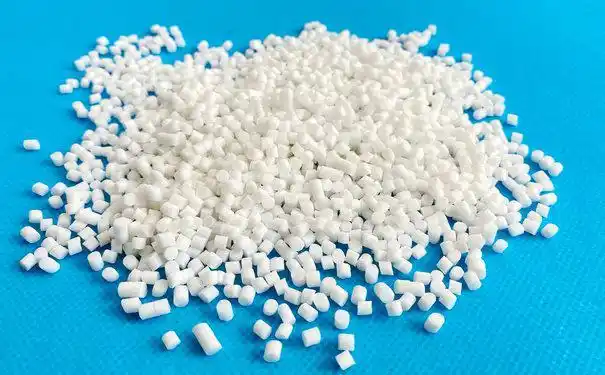
TPE Price Comparison Table
Here’s a table comparing TPE types and their costs, based on my sourcing data:
| TPE Type | Price Range ($/kg) | Key Properties | Common Applications |
|---|---|---|---|
| SBS/SEBS | 2–5 | Soft, flexible, UV-resistant | Grips, mats, shoe soles |
| TPU | 5–10 | Tough, abrasion-resistant | Phone cases, medical tubing |
| TPV | 5–8 | Rubber-like, durable | Seals, gaskets, hoses |
| Medical-Grade | 10–20+ | Biocompatible, sterilizable | Syringe tips, implants |
This table shows that SBS/SEBS are budget-friendly, while TPU and medical-grade TPE are pricier but offer specialized performance.
My Experience with TPE
When I started sourcing materials for a line of kitchen gadgets, I chose SEBS-based TPE for the handles because it was soft, grippy, and cost about $3.50/kg in bulk. The material was easy to mold, and the client loved the feel. But for a medical device project, I switched to medical-grade TPU at $9/kg because it needed to be biocompatible and sterilizable. The higher cost was worth it for regulatory compliance.
One mistake I made early on was underestimating additive costs. I ordered a custom-colored TPE for a toy, not realizing the colorant added $1/kg. Now, I always ask suppliers for a breakdown of base material vs. additives. Another lesson? Recycled TPE can be a budget-saver. For a low-cost pet toy, I used recycled SEBS at $2/kg, and the quality was solid for the price.
When Is TPE Worth the Cost?
To decide if TPE’s price is justified, here’s what I consider:
Performance Needs
If you need flexibility, durability, and easy processing, TPE is worth it. For a phone case, $6/kg TPU beats $12/kg silicone for similar toughness.
For high-heat applications (above 120°C), silicone or thermoset rubber might be better despite higher costs.
Production Scale
Small batches (e.g., prototypes) make TPE’s cost more noticeable. I negotiate smaller orders to keep prices down.
Large-scale production benefits from TPE’s recyclability and low processing costs.
Regulatory Requirements
Medical or food-grade applications justify higher-priced TPE (e.g., $15/kg for medical TPU) due to safety standards.
General consumer goods can use cheaper grades (e.g., $3/kg SEBS).
Sustainability
TPE’s recyclability reduces long-term costs and environmental impact. I’ve shifted to recycled TPE for eco-conscious clients.

Alternatives
If budget is tight, PVC or polypropylene might work for rigid parts but lack TPE’s elasticity.
For premium feel, silicone is pricier but offers better heat resistance.
Practical Tips for Using TPE
To get the most value from TPE, here’s what I do:
Choose the Right Grade
Match the TPE type to your application (e.g., TPU for abrasion resistance, SEBS for softness). I consult suppliers to find the best fit.
Negotiate Bulk Pricing
Order in bulk (e.g., 500 kg) to lower costs. I’ve saved 20% by combining orders with other clients.
Test Before Scaling
Prototype with small batches to check performance. I once avoided a costly mistake by testing a TPE grade for UV resistance first.
Minimize Additives
Use standard colors or properties to keep costs down. Custom additives can add $0.5–$2/kg.
Recycle Scraps
Reprocess TPE scraps to reduce waste. My workshop has a system to reuse molding scraps, saving 10–15% on material costs.
Alternatives to TPE
If TPE’s cost or properties don’t fit, here are other materials I’ve used:
PVC: Cheaper ($1–$3/kg) but less flexible and not eco-friendly. Good for rigid pipes.
Silicone: More expensive ($8–$15/kg) but heat-resistant, ideal for bakeware.
Natural Rubber: Similar cost ($2–$6/kg) but not recyclable, used in tires.
Polyurethane Foam: Softer but less durable, cheaper ($2–$5/kg) for cushions.
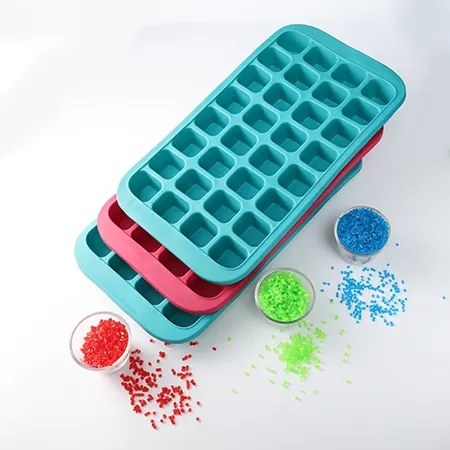
Final Thoughts
What is TPE, and is it expensive? TPE is a versatile thermoplastic elastomer that blends rubber-like flexibility with plastic’s processability, used in everything from phone cases to medical tubing. Its price—ranging from $2–$20/kg depending on type and grade—is mid-range, making it cost-effective for many applications compared to silicone or specialty rubbers. My experience with SEBS and TPU shows TPE’s value lies in its durability, recyclability, and ease of use, though costs can climb with specialty grades or additives. By choosing the right type, negotiating bulk deals, and recycling scraps, you can keep costs down while leveraging TPE’s strengths. Whether you’re designing a product or just curious, TPE is a material worth considering for its balance of performance and price.
Here’s to smarter material choices for your projects!
Frequently Asked Questions
Q1: Is TPE cheaper than silicone?
A: Yes, TPE (e.g., $2–$10/kg) is generally cheaper than silicone ($8–$15/kg), but silicone is better for high-heat applications.
Q2: Can I use TPE for food-grade products?
A: Yes, food-grade TPE exists, but it’s pricier ($10–$15/kg). Ensure it meets FDA or EU standards for safety.
Q3: Why does TPE cost vary so much?
A: Prices depend on type (e.g., SEBS vs. TPU), additives (e.g., colorants), and order volume. Bulk orders and standard grades are cheaper.
Q4: Is recycled TPE worth using?
A: Absolutely. Recycled TPE ($1.5–$4/kg) is cost-effective for non-critical applications like pet toys, with slightly lower performance.
Q5: How do I know which TPE type to choose?
A: Match the properties to your needs (e.g., TPU for toughness, SEBS for softness). I always test samples with suppliers before committing.





